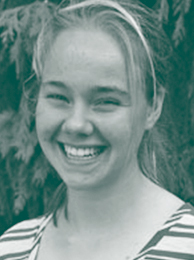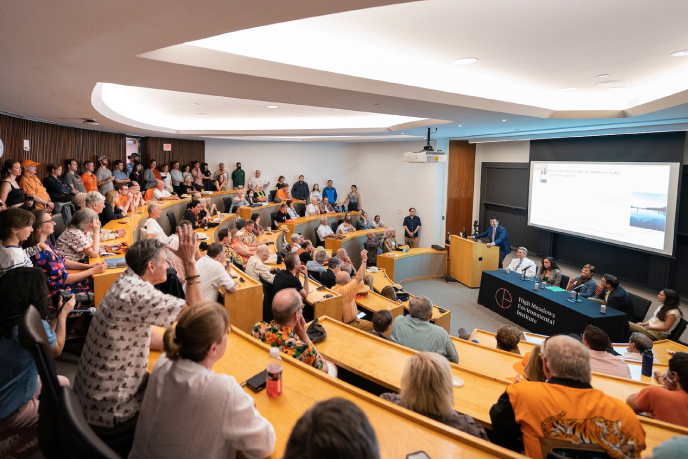Emily Geyman ’19


Geosciences
How Do Carbonates Record Sea Level and Seawater Chemistry
Much of our understanding of Earth history comes from shallow-water carbonates. A calibration to directly observe how ocean chemistry, temperature and sea level are recorded in modern carbonates, such as those on the Great Bahama Bank (GBB), will help us better interpret climate from ancient stratigraphy. I did fieldwork in the Bahamas mapping different facies (grain-size distributions) and environments, and collecting seawater and sediment samples for geochemical analysis in the lab at Princeton. Ultimately, I hope to integrate these chemical and physical field observations with probabilistic techniques — including Markov Chain Monte Carlo (MCMC) methods — to develop a quantitative method for calculating the relative likelihoods that observed facies transitions and δ13C fluctuations in ancient stratigraphy represent global changes in sea level and ocean chemistry, rather than natural shelfal variability.
2017
Climate and Oceans
Department of Geosciences, Princeton University; Bahamas
Adam Maloof, Associate Professor of Geosciences



